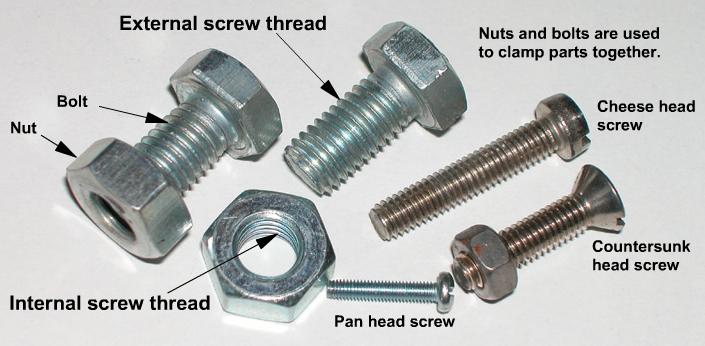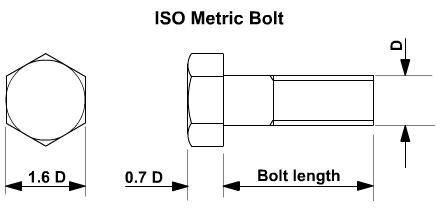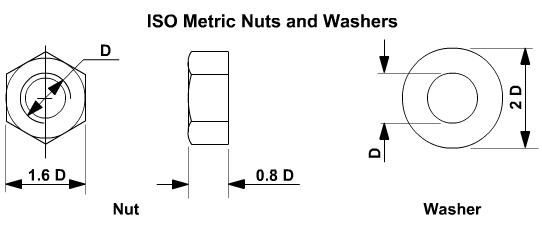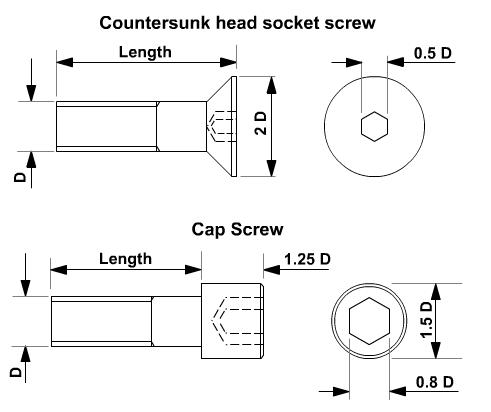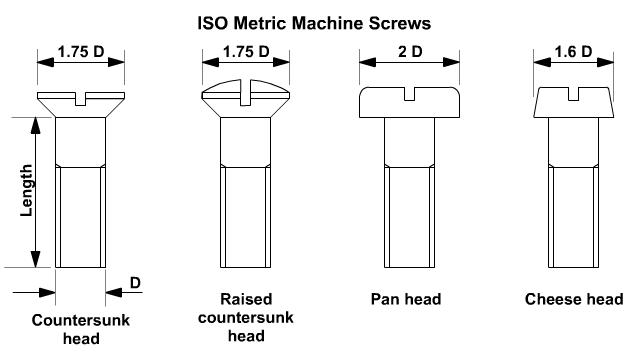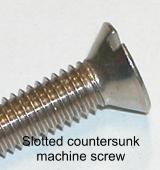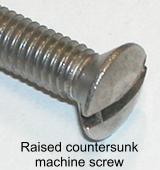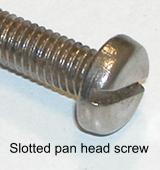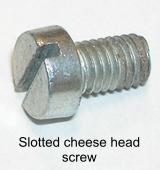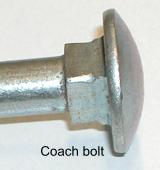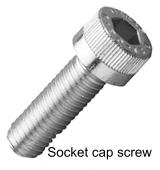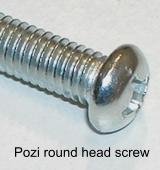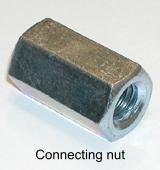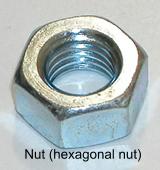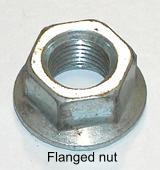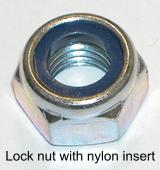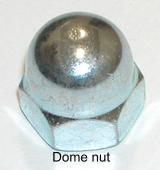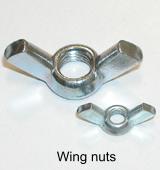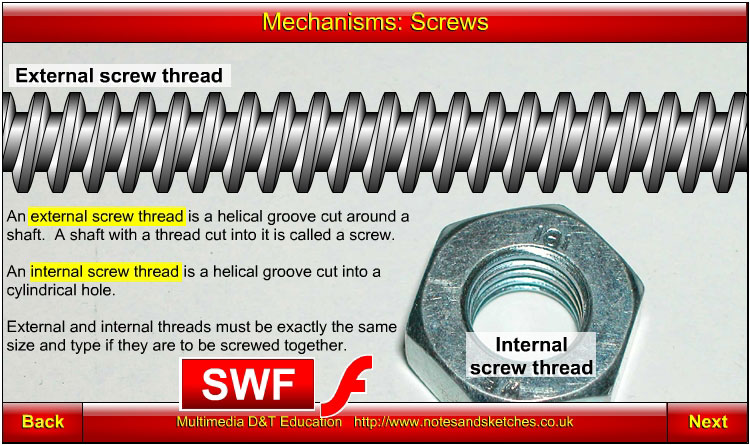 |
||||||||||||||||||
Click on the screenshot above to view the "Screws" animation by Laszlo Lipot |
||||||||||||||||||
|
||||||||||||||||||
IntroductionScrews are used for two purposes:
1. Nuts, bolts and screws used to clamp things togetherNuts, bolts and screws that are used for clamping have screw threads. An external screw thread is a helical groove that has been cut around a shaft. A shaft with a thread cut into it is called a screw. A screw with a parallel shank and a hexagonal head is called a bolt. A screw with any other shaped head, such as a pan head, cheese head or a countersunk head is simply called a screw, e.g. a countersunk head screw. An internal screw thread is a helical groove that has been cut into a cylindrical hole. An internal screw thread may be cut into any product part or it may be cut into a hole in a short length of hexagonal bar. When the internal screw thread is cut into a short length of hexagonal bar, the part is called a nut.
There are standard sizes for screw heads and for nuts. The sizes vary slightly according to the standard used, but they are similar. The most commonly used standard in Europe is the ISO Metric screw thread, defined in ISO 68-1.
Assorted screws, nuts and washersThe most commonly used bolts, screws and washers are shown below. They are all used to clamp product parts together. The use of nuts, bolts and screws is a temporary fixing method because nuts, bolts and screws can be unscrewed and the components that they were holding can be removed from their previously fixed positions.
|
||||||||||||||||||
|
||||||||||||||||||
